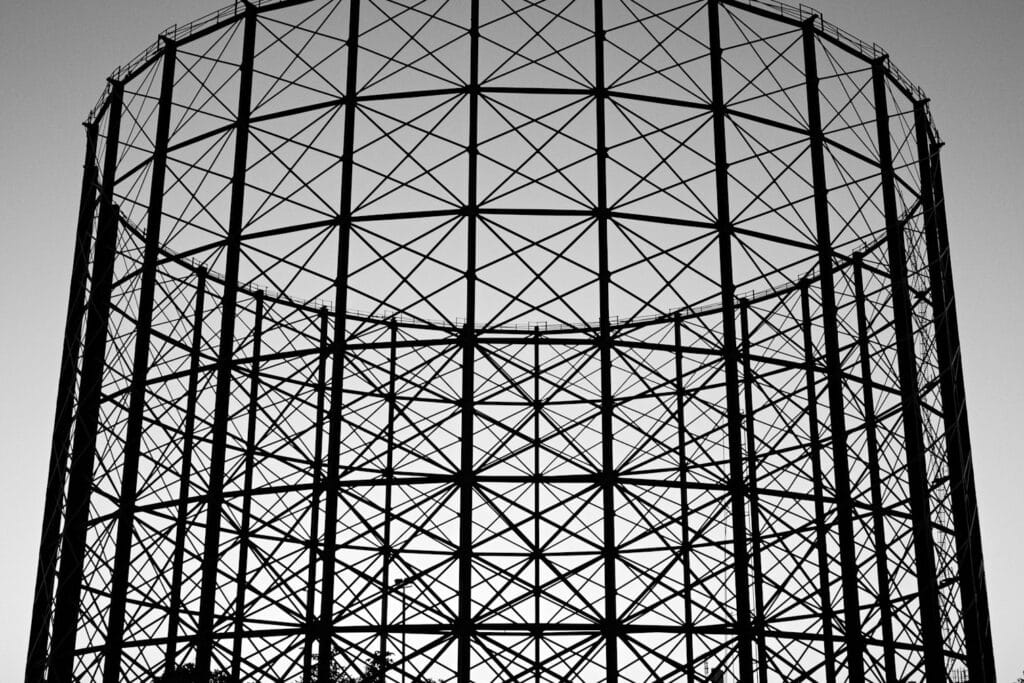The Opportunity

OPPORTUNITY
The way forward is clear
The global hydrogen market exceeds £140 billion, yet most of today’s supply is still produced using emissions-intensive grey hydrogen. RiPR offers a direct alternative. Our process can produce hydrogen at £1–£5 per kilogram and biomethane at price parity with natural gas, alongside captured carbon dioxide and high-value biochar.
Each product has established markets, and each provides a route to immediate commercial impact. Crucially, these fuels are not only cost-competitive with fossil alternatives but are generated through a carbon-negative process that turns waste into clean energy.
A BETTER FUTURE
A fuelset that can remove carbon
The world has moved beyond low-carbon and carbon-neutral ambitions. To reach climate stability, we need technologies capable of actively removing carbon dioxide from the atmosphere. RiPR does exactly this. By converting biogenic material into hydrogen, biomethane, captured carbon dioxide and biochar, the system delivers a suite of carbon-negative products ready for real-world deployment today.
It fundamentally rewrites the relationship between energy production and emissions, proving that decarbonisation can be both commercially viable and operationally practical.

The path to carbon negative
The current path sees cumulative emissions continuing to grow, with green hydrogen only slowing this growth. This is where our RiPR technology is radically different. Over the 30-year lifetime of a RiPR unit combined with carbon capture, it will continue to remove carbon from the atmosphere, very quickly entering negative territory.
With more hydrogen and biomethane production meaning more carbon removal, this means that greater consumption is better – not worse – for emissions. Use the calculator below to see how your emissions change based on the path you choose.
A HOLISTIC SOLUTION
Circular economy
At the core of our work is a practical commitment to the circular economy. RiPR is built to keep resources circulating rather than discarded, transforming waste streams that would typically be landfilled or incinerated into valuable, carbon-negative products. Our collaboration with SUEZ shows this in real terms. Household waste, food residues and plastics become biogenic feedstocks for producing biomethane, hydrogen, captured carbon dioxide and biochar – each with its own commercial market and clear pathway to value.
This makes RiPR attractive on two fronts. It serves customers who want reliable access to low cost, carbon-negative outputs such as hydrogen, biomethane, captured carbon dioxide or biochar. It also serves organisations like SUEZ, who have challenging waste streams and want on-site solutions to reduce disposal costs while generating clean energy. A RiPR unit placed at a recycling facility, for example, could eliminate waste, cut emissions and produce the energy needed to run the site. The same model applies across many industries, from agriculture to food processing and logistics. Importantly, customers do not need to have feedstock on site; waste can be sourced through existing supply chains, giving organisations the flexibility to choose the model that suits their operations.
WORKING TOGETHER
Partnered with regenerative farming
Our work with regenerative farming partners shows how RiPR can support both climate goals and the rural economy. Crops such as herbal leys – already recognised for improving soil health, enhancing biodiversity and reducing the need for synthetic inputs – can also serve as a valuable feedstock for RiPR. When grown within existing crop rotations, they restore the land while creating an additional revenue stream for farmers.
Because many of these crops qualify for environmental subsidies, farmers gain both agronomic and financial benefits. RiPR then converts the harvested material into hydrogen, biomethane, captured carbon dioxide and biochar, creating a direct link between regenerative land management and carbon-negative energy. The result is a model where farming systems are strengthened, emissions are reduced and bioenergy becomes part of a healthier landscape rather than a competitor to food production.


TRANSITION FUEL
Biomethane
Our RiPR technology produces biomethane alongside hydrogen, providing an alternative sustainable fuel source. Thanks to existing technology, such as anaerobic digestors, blending of biomethane into the gas grid is well established and possible at far higher concentrations currently.
Whilst the transition to hydrogen takes place, infrastructure adapts and the rules on blending solidify, biomethane provides an intermediate solution for offtakers.
VALUABLE BY-PRODUCT
Biochar
A by-product of our RiPR process, biochar delivers both environmental and economic value. It captures and sequesters atmospheric carbon, enabling our technology to achieve measurable carbon-negative outcomes.
Biochar also offers diverse commercial applications. It enhances soil fertility, aids in environmental clean-up by filtering pollutants and strengthens construction materials. These applications position biochar as a high-demand product, creating additional revenue streams for the technology.


THE OUTPUTS
Commercial Potential
RiPR converts wet biogenic material into four high-value outputs: biomethane, hydrogen, captured carbon dioxide and biochar. Each product serves a distinct and growing market, creating multiple revenue streams from a single process. This diversified model reduces commercial risk, increases resilience and provides several clear pathways to profitability for both Wild Hydrogen and our customers.
We already have letters of intent in place for future RiPR units, reflecting strong early demand for modular, carbon-negative energy systems. If you are interested in exploring a RiPR deployment for your organisation, we would welcome a conversation.
BY 2029
Our technology is ready
RiPR is designed to deliver carbon-negative fuels at costs competitive with fossil alternatives today. While green hydrogen will take years to become affordable at scale, RiPR enables the production of hydrogen at £1–£5 per kilogram and biomethane at price parity with natural gas now, using waste and regenerative feedstocks rather than scarce resources.
Our pilot plant goes live in 2026, and full commercial production of modular RiPR units begins in 2029. By 2030, systems will be operating in the field, replacing fossil fuels at pace and giving industry, infrastructure operators and local authorities a practical, dispatchable and genuinely carbon-negative energy solution.











